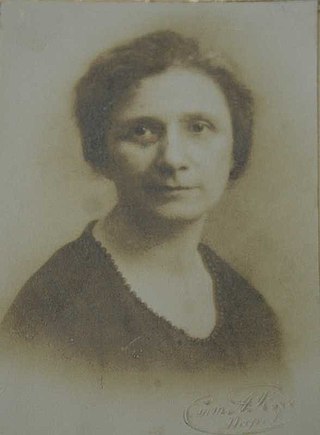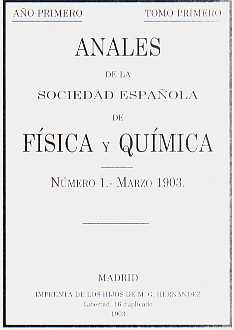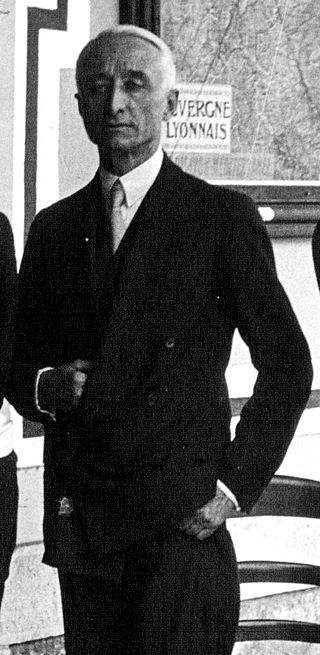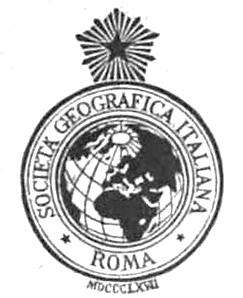
Società Sportiva Lazio is an Italian professional sports club based in Rome, most known for its football activity. The society, founded in 1900, plays in the Serie A and have spent most of their history in the top tier of Italian football. Lazio have been Italian champions twice, and have won the Coppa Italia seven times, the Supercoppa Italiana three times, and both the UEFA Cup Winners' Cup and UEFA Super Cup on one occasion.

Stanislao Cannizzaro was an Italian chemist. He is famous for the Cannizzaro reaction and for his influential role in the atomic-weight deliberations of the Karlsruhe Congress in 1860.
Physical Chemistry Chemical Physics is a weekly peer-reviewed scientific journal publishing research and review articles on any aspect of physical chemistry, chemical physics, and biophysical chemistry. It is published by the Royal Society of Chemistry on behalf of eighteen participating societies. The editor-in-chief is Anouk Rijs,.
Mapei S.p.A. is an Italian limited company founded in 1937 in Milan that manufactures chemical products for the building industry.

The Italian railway system is one of the most important parts of the infrastructure of Italy, with a total length of 24,227 km (15,054 mi) as of 2011.
Gazzetta Chimica Italiana was an Italian peer-reviewed scientific journal in chemistry. It was established in 1871 by the Italian Chemical Society, but in 1998 publication ceased and it was merged with some other European chemistry-related journals, to form the European Journal of Organic Chemistry and the European Journal of Inorganic Chemistry.

N-Vinylcarbazole is an organic compound used as a monomer in the production of poly(vinylcarbazole), a conductive polymer, in which conductivity is photon-dependent. The benzine compound is used in the photoreceptors of photocopiers. Upon exposure to γ-irradiation, N-vinylcarbazole undergoes solid-state polymerisation.

Maria Mikhailovna Bakunina was a Russian-Italian chemist and geologist. Born in Siberia, she moved to southern Italy at a young age, taking up chemistry during her education. By the time of her graduation from the University of Naples, she was already a pioneering figure in stereochemistry and made a number of advancements in applied chemistry. During the early 20th century, she carried out a series of geological surveys in the region of Campania, identifying a number of ichthyol deposits for exploitation. With the outbreak of World War II, she continued her work at the University of Naples and dedicated herself to the rebuilding of the Accademia Pontaniana after the war.

Milan is the capital of the Lombardy region in northern Italy and is the wealthiest city in Italy. Milan and Lombardy had a GDP of €400 billion and €650 billion respectively in 2017. Milan surpassed Berlin in the size of its economy in 2014, and has since been the richest city among the Four Motors for Europe. It is a member of the Blue Banana corridor among Europe's economic leaders.
The Italian Physical Society is a non-profit organization whose aim is to promote, encourage, protect the study and the progress of physics in Italy and in the world. It was founded in 1897.

Banca Commerciale Italiana (BCI) established Banca Commerciale Italiana Trust Co. of New York (BCITNY) in 1924 and closed it in 1939, in the run-up to World War II.

Vincenzo Balzani is an Italian chemist, now emeritus professor at the University of Bologna.

The Spanish Royal Society of Chemistry (RSEQ) is a Spanish scientific society dedicated to the development and dissemination of chemistry, in its aspect of pure science and in its applications. It originated in 1980 after the split of the Spanish Royal Society of Physics and Chemistry which itself was founded in 1903.

Chemistry Europe is an organization of 16 chemical societies from 15 European countries, representing over 75,000 chemists. It publishes a family of academic chemistry journals, covering a broad range of disciplines.
Giuseppe Resnati is an Italian chemist with interests in supramolecular chemistry and fluorine chemistry. He has a particular focus on self-assembly processes driven by halogen bonds, chalcogen bonds, and pnictogen bonds. His results on the attractive non-covalent interactions wherein atoms act as electrophiles thanks to the anisotropic distribution of the electron density typical for bonded atoms, prompted a systematic rationalization and categorization of many different weak bonds formed by many elements of the p- and d-blocks of the periodic table.

Riccardo Gualino was an Italian business magnate and art collector. He was also a patron and an important film producer. His first business empire was based on lumber from Eastern Europe and included forest concessions, lumber mills, ships and warehouses. The highly leveraged structure collapsed in 1912–13. Gualino was also involved in manufacturing and distributing cement, and during World War I (1914–18) built and operated cargo ships carrying goods such as coal from the United States to Europe. After the war he was engaged in many enterprises, some in partnership with Giovanni Agnelli of FIAT. His activities included banking, manufacture of rayon, confectionery, chemicals and artificial leather.

The Società Geografica Italiana formed as a geographic society in 1867 in Florence, Italy, and moved to Rome in 1872. As of 1924 it operated from headquarters in Villa Mattei in the Celio rione. The society began publishing a journal in 1868, and also sponsored scientific expeditions, such as one to Ethiopia in 1876, led by Orazio Antinori. In 1892 its members were among the first participants of the triennial Congresso geografico italiano.

Martino Di Serio is an Italian chemist.

Luigi Valentino Brugnatelli was an Italian chemist and inventor who discovered the process for electroplating in 1805.
National DyesCompany and Affiliates, more commonly known as the ACNA, was the first Italian chemical company, active from 1929 to 1999 in Cengio, as well as in Cesano Maderno and Rho, although it traces back to 1882 under different names. The company was best known for the pollution of land and waters related to its production of dyes earning it the nickname of "the poison factory" which would see it brought before the Italian government.













